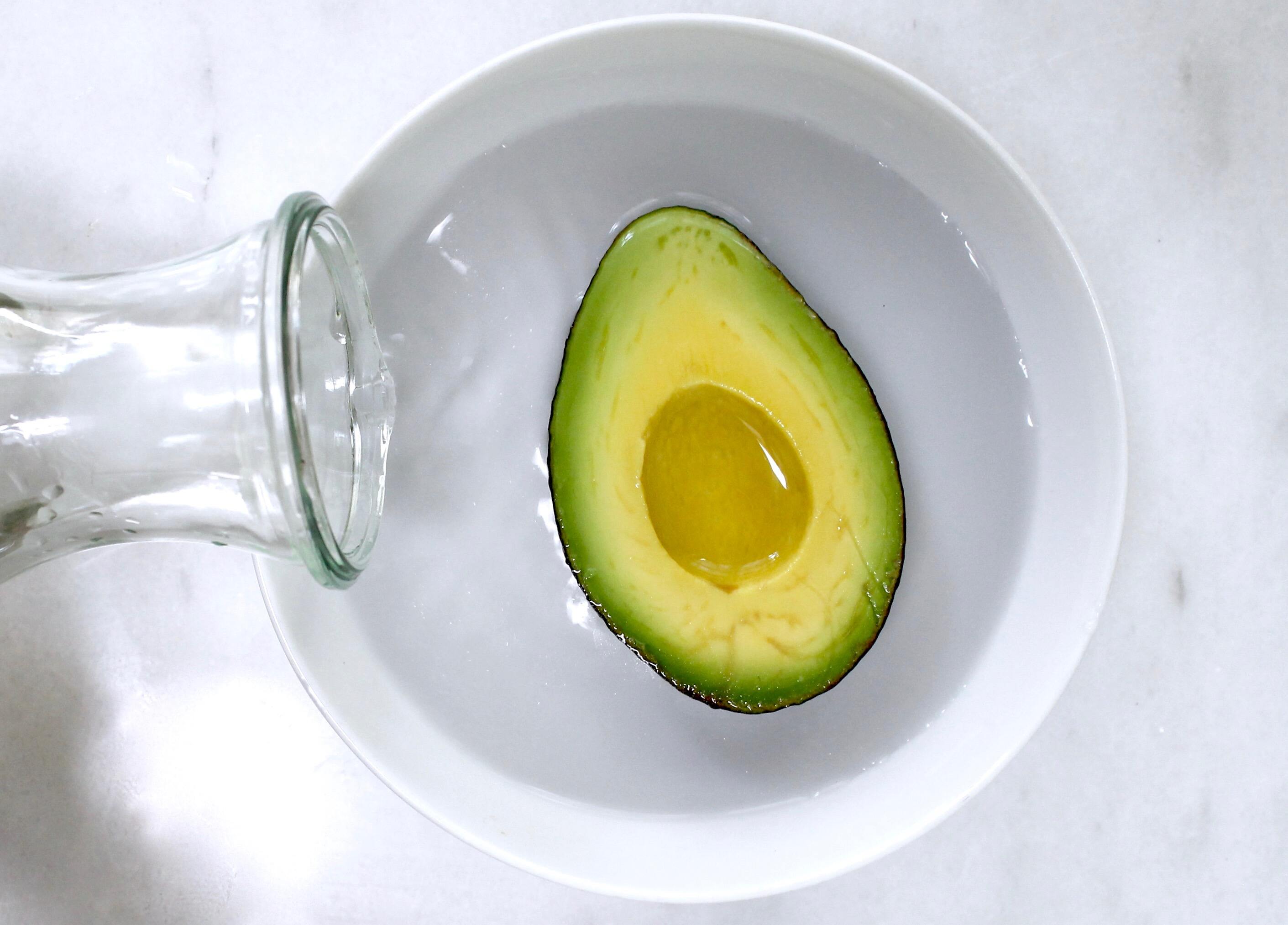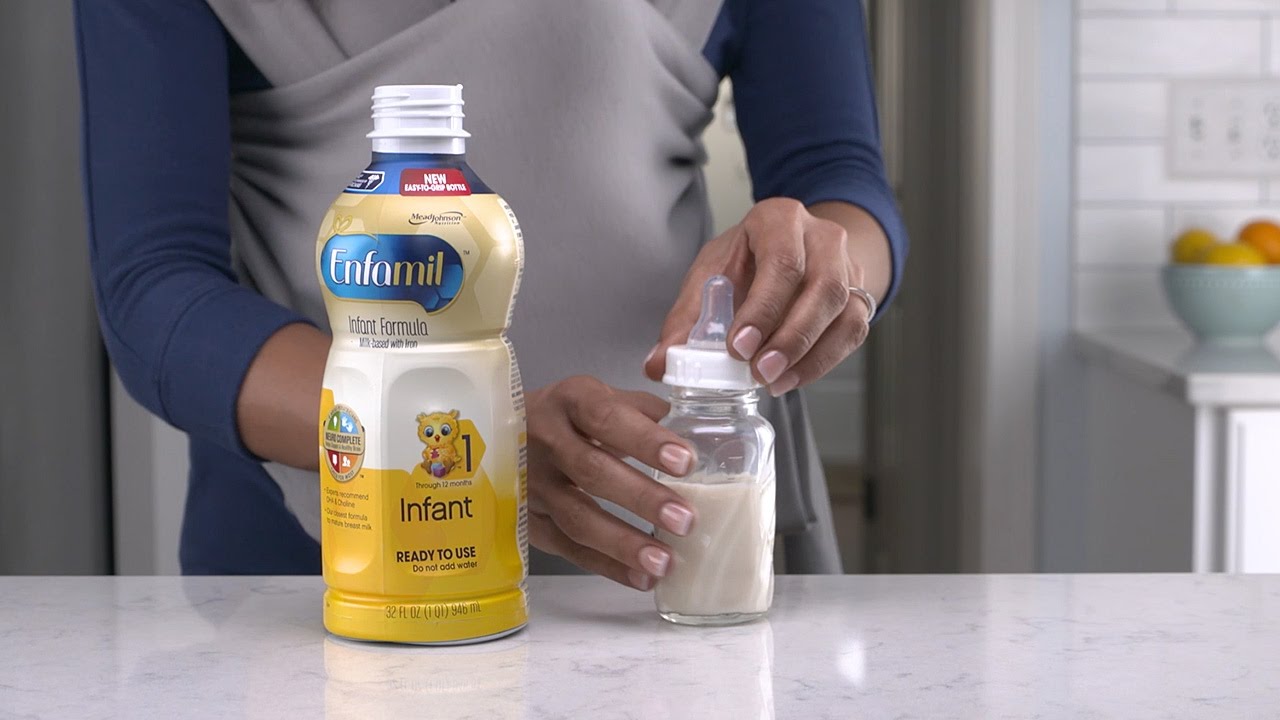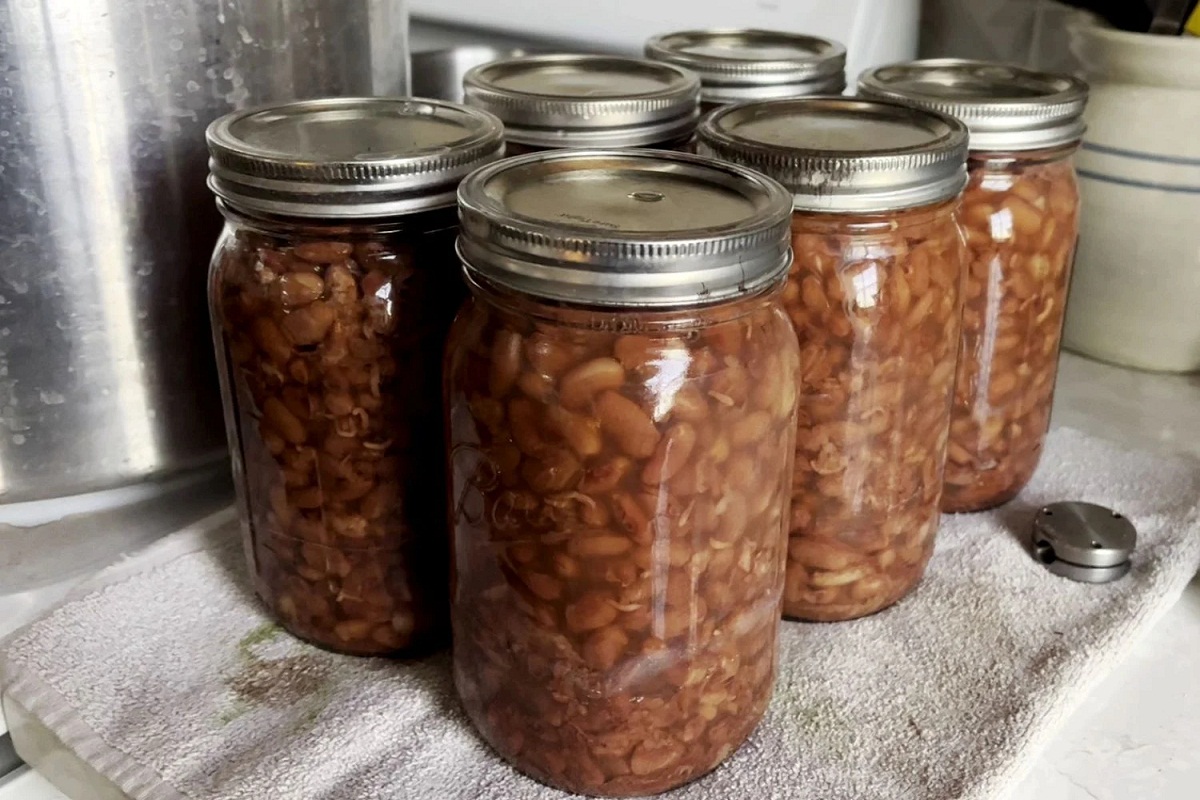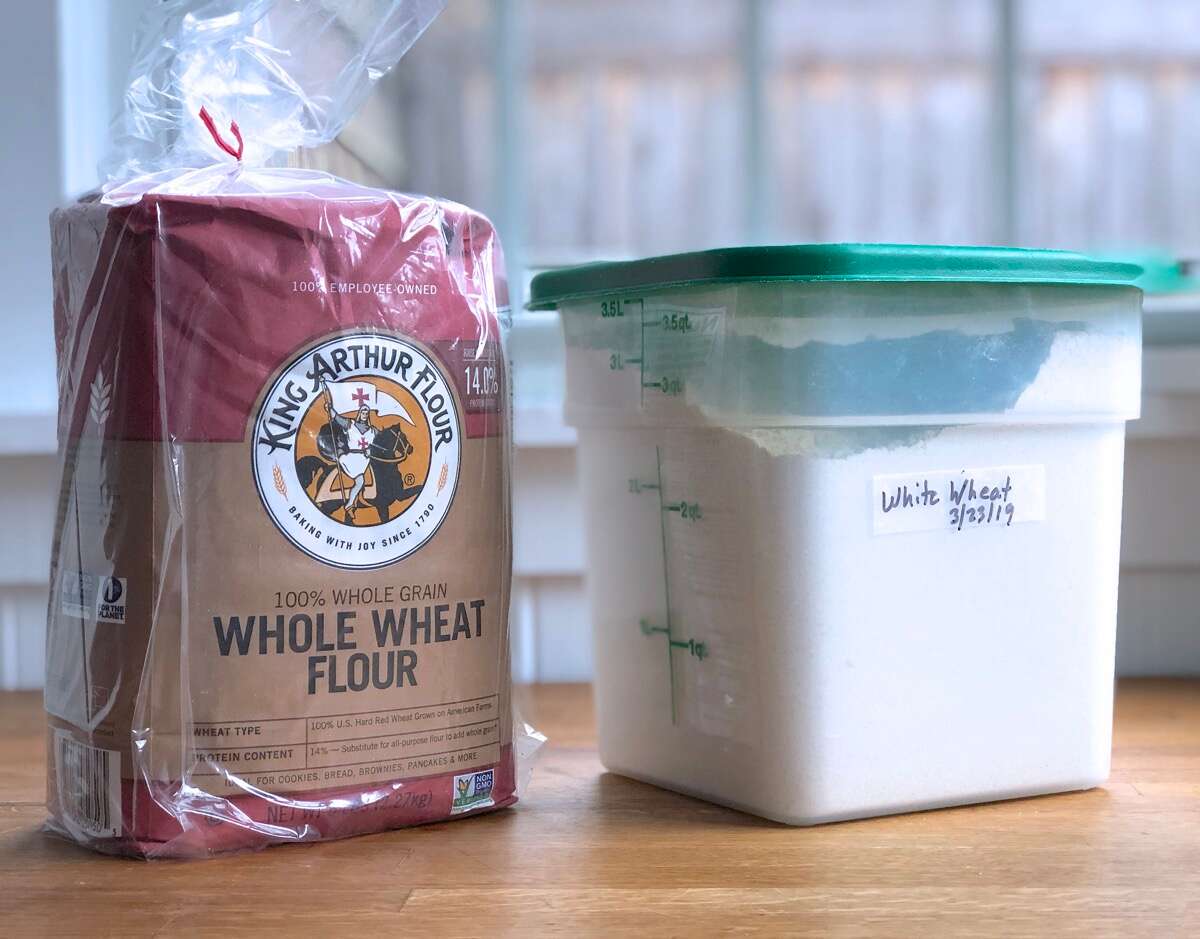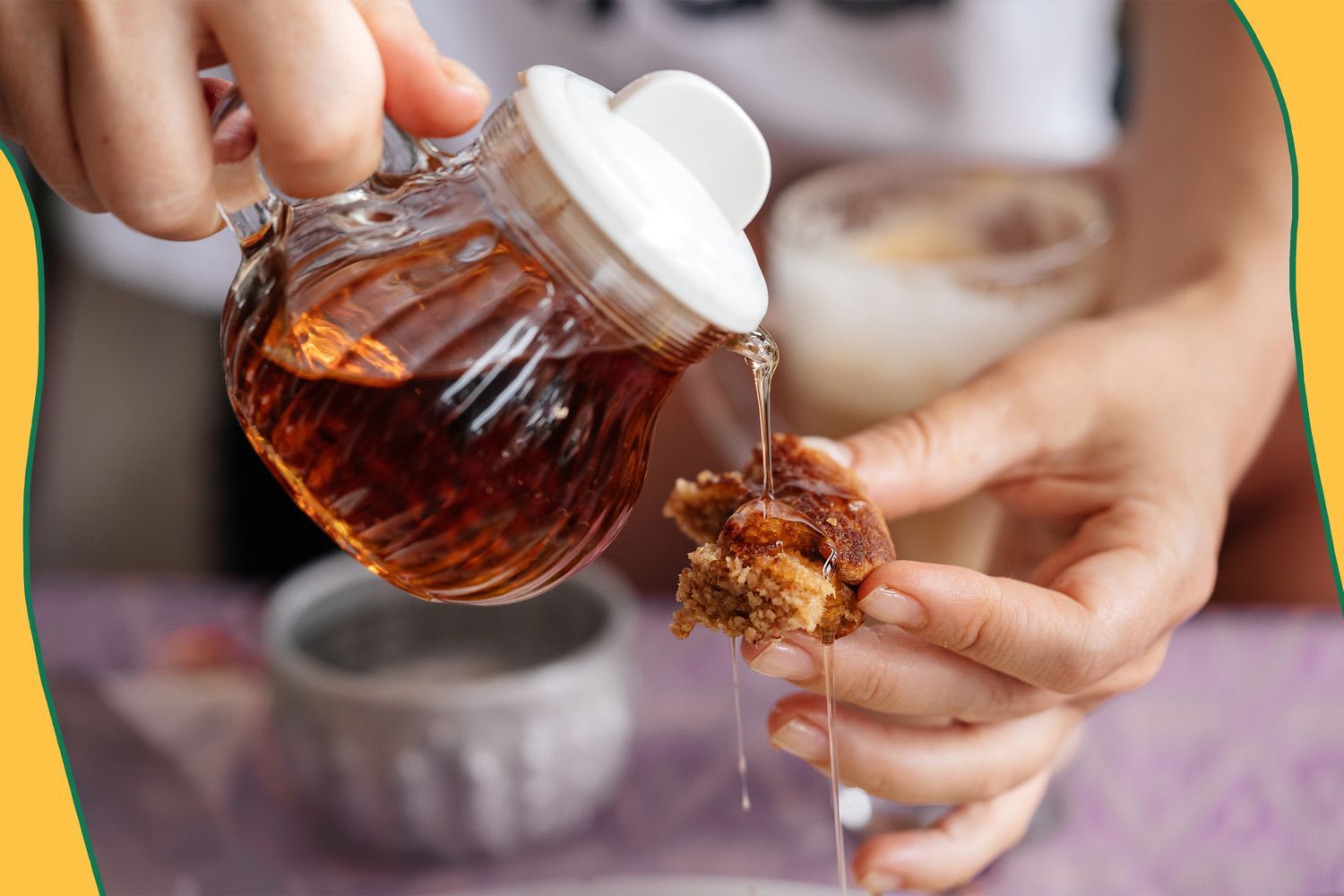Home> How To Store Specific Foods & Ingredients
How To Store Specific Foods & Ingredients: Unleash Freshness Longer!
Explore profound insights on how to store specific foods & ingredients for longevity. Maximize your pantry while ensuring food safety and quality with our tips.
